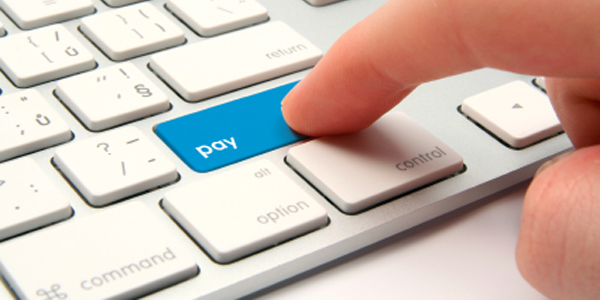As our discussion of business networks continues today, we should remind our readers that this series is an attempt to introduce new and different categories of networks to the market. We take for granted that the largest and most prominent cross-industry global networks like Ariba and Hubwoo are well-known to our readership. Anyway, this is the third in our business network series, Part 1 focused on European business networks while Part 2 focused on networks that have a specific vertical focus. Today’s article will discuss the networks that focus on enabling payments to be made between trading partners.
As we think about the method in which payments are made today, at least in the US, the majority is still by paper-check, however, the usage of checks is most certainly on the decline. Comparatively, in Europe, paper “cheques” are rarely used anymore, in fact, it is standard practice for businesses to publish their bank details on invoices, to facilitate the receipt of payments. The migration off paper checks to electronic payments (e.g., ACH, card, wire transfer, etc) is a trend that is only going to accelerate over the next few years. Whether most organizations know it or not, checks are costly, inefficient, prone to fraud and offer very limited visibility into payment data.
I believe that the tipping-point for electronic payments is not too far off with most large corporations already making a percentage of their payments electronically; and, this percentage is on the rise. Also, small to mid-sized business are increasingly leveraging various cloud-based services to send and receive payments (and in many case send/receive eInvoices). Furthermore, the organizations which had the most to lose from a decline in check usage (banks/financial institutions), are now pushing their clients towards ePayment (and eInvoicing). Why? The answer, in part, is because they too see the writing on the wall (paper is going away) and want to own as much of the ePayment business as possible.
As more and more trading partners send and receive payments electronically, it only makes sense that the payment sender (AP) and recipient (AR) are connected to each other. This is where payment networks can provide a platform that connects partners, supports transaction processing between them, while also providing additional features and functionality (e.g., eInvoicing, onboarding services, security, reporting, access to supply chain finance, etc). Businesses that join payment networks so they can send and receive ePayments are doing so for a variety of reasons including the following:
- More cost efficient
- Better monitoring of payment status
- More accuracy around timing of payment
- Better communication with trading partners
- Fraud protection and verification processes built in to the network
- Many suppliers/customers may already be part of the network
- Access to data helps with cash management and forecasting
Now, let’s take a look at some of these networks. Below is a sample list of some of the payment/settlement networks that are out there. The companies listed below focus primarily on payments either from an AP perspective (processing and executing payments) or an AR perspective (billing and accepting payments) or both. There are also some that offer additional capabilities around cash flow management, eInvoicing and processing, order management, etc.
If we think about the capabilities and technologies that we have at our finger tips as consumers, it is clear that the B2B world has some major catching up to do and it will be the network providers like the ones above (and others in this Business Network series (and dozens more)) that are going to make this happen for small, medium and large enterprises globally.
Postscript: Here are the links to the above-referenced networks – Bottomline Technologies: Paymode-X, Fundtech: Accountis EIP, Syncada, TraxPay, Bill.com, Intuit Payment Network, NVoicePay, PaySimple.

